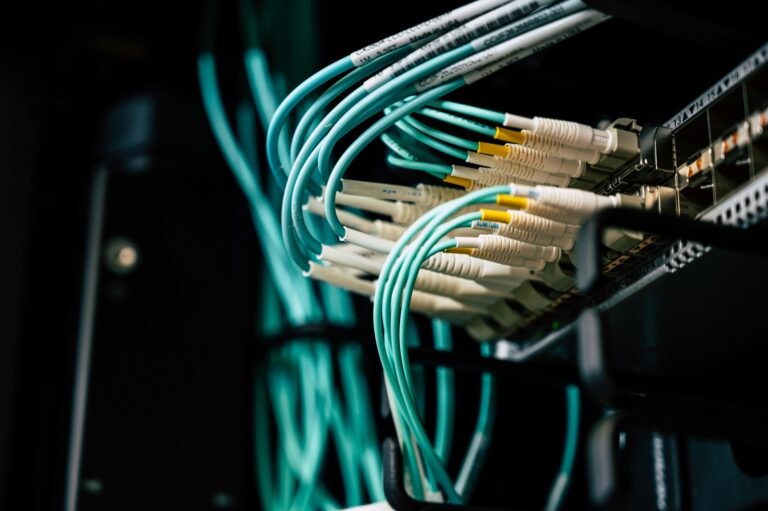Apple Labels iPhone X, HomePod, and Original AirPods as ‘Vintage’
Apple declared the iPhone X, first generation HomePod, and first generation AirPods “vintage” on July 1, 2024. These devices now feature on Apple’s vintage and obsolete products list because they’ve been unavailable for purchase for more than five but less than seven years. Despite this designation, Apple Stores along with Authorised Service Providers aim to continue servicing these devices up to two additional years based on parts access.
The Definition of Vintage Products
A product is considered vintage by Apple if it hasn’t been available for sale for a span of five to seven years. After the seven year mark, such products are designated as obsolete. No repairs or hardware services are provided by Apple or its Authorised Service Providers once a product is labelled obsolete.
About the iPhone X
The launch of the iPhone X on November 3, 2017 heralded significant progress in Apple’s smartphone offerings. Unveiled initially on September 12, 2017 to celebrate the iPhone’s tenth anniversary this phone brought various exciting features,
- A 5.8inch Super Retina OLED display edge to edge
- No home button
- Face ID facial recognition system
- The novel A11 Bionic chip with a standalone Neural Engine
- Support for wireless charging
This standard setting phone influenced future models with its innovative groundbreaking features. Its stainless steel frame coupled with a glass back also reinforced a high end aesthetic in Apple’s smartphones.
The First Generation HomePod Details
The original HomePod was unveiled at the Worldwide Developers Conference (WWDC) on June 5, 2017, moving Apple into the smart speaker arena with its launch on February 9, 2018. This speaker, priced at an initial $349, offered high quality sound while working closely with Apple’s ecosystem such as Apple Music and AirPlay. It had unique features,
- A custom high excursion woofer
- Seven beamforming tweeters
- An incorporated Apple A8 chip
- Acoustic modelling and audio beamforming in real time
The device came with Siri integrated which allowed users to manage smart home devices, control music playback or access various information and services through voice prompts. The legacy of the HomePod continues to endure, especially due to its integration with the Apple ecosystem despite discontinuation in March 2021.
Insights on Original AirPods
The original AirPods were introduced on September 7, 2016 and were released on December 13rd that year. They have been recognized for a combination of wireless convenience and tight integration across all Apple devices. They offered advantages thanks to the custommade W1 chip,
- Painless pairing experience with other Apple devices
- Extended battery life
- Solid wireless connectivity
- Incorporated optical sensors along with motion accelerometers
Their miniature design came with a charging case that could travel easily influencing many competitors in wireless earphone design consequently.
Possible Future Effects
Once promoted beyond vintage status to obsolete nature these particular products would fall short of any hardware service from Apple. Users would then need to find alternative paths for repair through third party platforms or personal attempts at repairs. The categorization routine followed by the company epitomises their continuous innovation stride whilst also defining product lifecycle.
Adjustments to Apple’s Repair Policy
Apple recently eased some of the constraints on repairs carried out by third party providers according to the newer document “Longevity, by Design.” As a result, software support will be provided by Apple for both batteries and screens supplied by third parties in iPhones. Therefore, iPhone users replacing their battery or screen may not need to worry about losing True Tone or battery health data anymore even if they use third party components.
The End Result
As innovation continually drives Apple’s new product development older models would get categorised as vintage and eventually become obsolete. This cycle supports maintaining an updated, secure ecosystem for Apple and motivates users towards adopting newer models to benefit from advancements offering the latest features along with improvements.




